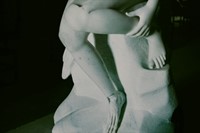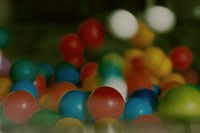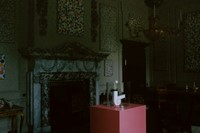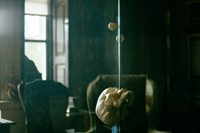In the impressive grounds of Houghton Hall, the provocative British artist’s best known pieces play a new and powerfully disruptive role
MulberryThe notion of ‘Britishness’ has long been underpinned by a tangle of contradictions; evocative of both the aristocratic establishment, and its countercultural underside.
Such is certainly the case at Mulberry – a British brand synonymous with finely made leather goods since its foundation in 1971, and which, almost 50 years on, is led by Spanish creative director Johnny Coca. Since he joined the house three years ago, Coca’s appetite for quiet subversion has drawn on established staples of British culture, from the suburban school uniform to English country garden party attire, to create new and innately feminine forms.
What better partner, then, for an exhibition of the most modern of British artists, Damien Hirst, in an English stately home? Norfolk’s imposing Houghton Hall was built in the 1720s for British Prime Minister Sir Robert Walpole, before being lavishly decorated by architect and furniture designer William Kent – and over the next 20 years, as its owner amassed one of Britain’s most impressive collections of European art, Houghton was a natural and suitably grand space in which to exhibit it. Nowadays, tastes have changed somewhat – the house itself changed hands many times over before being bought by the Cholmondeley descendants after the First World War, and returned to its former glory – but the focus on art remains. And this summer, with the support of Mulberry, a sprawling series of Hirst’s iconic works filter through Houghton, bringing a jarring and energetic newness to a structure standing in deference to its history.
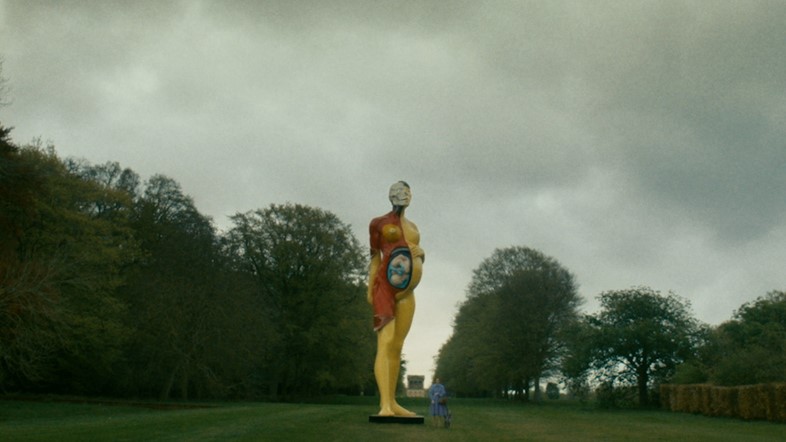
The effect is impressive. A collection of new Hirst works dubbed Colour Space, an evolution of his famous Spot paintings and never before seen in public, replace Old Master works by Gainsborough and Hogarth usually hung on the opulently papered walls of the State Rooms on Houghton’s piano nobile and fill the spaces with vivid flashes of colour refracted in the many surrounding mirrors. Several of his kinetic works are positioned through the rooms, including the Kent-designed Stone Hall, juxtaposing rich parquet floors and marble with bright plastic balls. Outside in the gardens, seven of the artist’s most arresting sculptures puncture the landscape, too, injecting the green expanse and rows of carefully manicured trees with, among others, The Virgin Mother – a bronze sculpture of a painstakingly exposed human figure that stands no fewer than 33 feet tall. It’s as fine an excuse as ever there was to capture Houghton Hall on film, here presented by art aficionado Lady Rose Cholmondeley – wife of David Rocksavage, the 7th Marquess of Cholmondeley – and replete with its resident works.
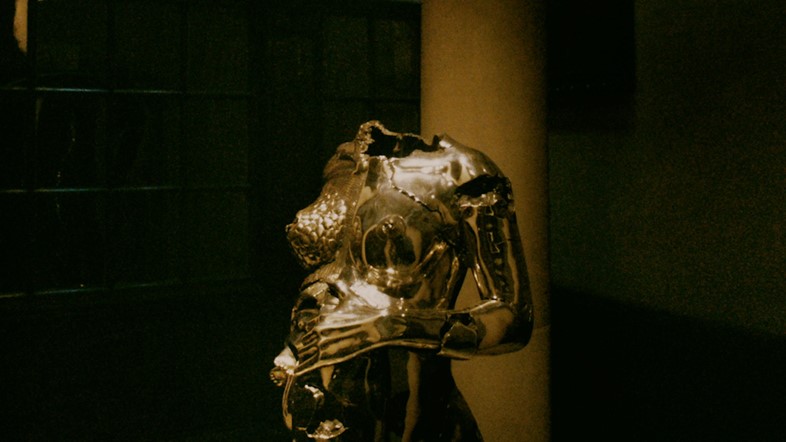
What would Walpole think of Hirst’s reflections on life, death and humanity? There’s no way of knowing, of course – but if our national identity is founded on disruption and subversion, then Houghton Hall is providing a welcome, and very beautiful, hotbed for it.
With thanks to the Cholmondeley family, and Houghton Hall.

